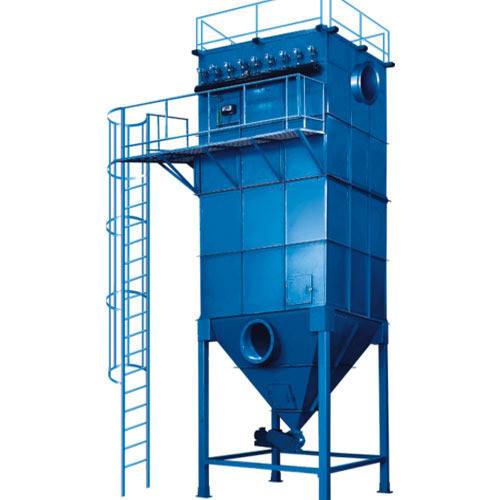A baghouse (BH, B/H), bag filter (BF) or fabric filter (FF) is an air pollution control device that removes particulates out of air or gas released from commercial processes or combustion for electricity generation. Power plants, steel mills, pharmaceutical producers, food manufacturers, chemical producers and other industrial companies often use baghouses to control emission of air pollutants. Baghouses came into widespread use in the late 1970s after the invention of high-temperature fabrics (for use in the filter media) capable of withstanding temperatures over 350 °F.
Unlike electrostatic precipitators, where performance may vary significantly depending on process and electrical conditions, functioning baghouses typically have a particulate collection efficiency of 99% or better, even when particle size is very small.

Operations
Most baghouses use long, cylindrical bags (or tubes) made of woven or felted fabric as a filter medium. (For applications where there is relatively
low dust loading and gas temperatures are 250 °F or less, pleated, non woven cartridges are sometimes used as filtering media instead of bags.)
Dust-laden gas or air enters the baghouse through hoppers (large funnel-shaped containers used for storing and dispensing particulate) and is
directed into the baghouse compartment. The gas is drawn through the bags, either on the inside or the outside depending on cleaning method,
and a layer of dust accumulates on the filter media surface until air can know longer move through it. When sufficient pressure drop (delta P)
occurs, the cleaning process begins. Cleaning can take place while the baghouse is online (filtering) or is offline (in isolation).
When the compartment is clean, normal filtering resumes.
